Here at the Spectator Australia Biological Research Unit, together with our research partners at the Wuhan Bat, Rat and Snake Centre for Sustainable Pestilence, we are now able to confirm that, some months ago, a virulent new virus reached our shores and that, since then, it has been working its relentless and destructive way down the east coast of Australia. It appears to have originated with the proposal of the prime minister to unlock Australia’s vast repository of gas and to use that valuable resource to produce electricity and usher in a gas-led recovery, producing in its wake investment beyond the dreams of avarice and the employment of millions of Australians in useful jobs. Naturally, the arrival of such a condition has thrown the Australian Labor Party into turmoil and split it down the middle. It is not only the prospect of an eccentric and perverse economy that actually produces jobs for workers and enables Australians to make things that other people might buy, that has thrown the Labor party in paroxysms of despair and disarray. That would be bad enough, being as it is, a prospect that has eluded all economists and every think tank from ThrowUp! to the Greta Thunberg Institute for the Seriously Disoriented. But what makes this pestilence even more terrifying is that it is a mutated and re-invigorated version of the dreaded virus known as ADANI-18, the nasty pestilence that cut a deadly swathe though the Labor party and wiped out half of the ALP voters in Queensland in a little under three weeks.
The ADANI-18 virus had split the Labor party in two. On the one hand there was the sensible, progressive majority who rose like one womin from the ranks of every coffee shop and organic sushi bar between Collingwood and Bankstown to defend the wilderness and prevent coal mining and the tedious middle class prosperity it would create. On the other, there was a perverse, eccentric minority who wanted, if you can believe it, jobs, investment, normal life, and the possibility that their children might even be taught to read and write.
This schism went through the ALP like a mob of kangaroos in a field of wheat, knocking down everything in its path, particularly Queensland seats in the national parliament, as workers deserted the party in their droves and rushed to embrace coal mining, development and the prospect of work. ADANI-18 took the Labor party firmly in its vice-like grip and sucked every spark of life from its decaying body that could not even be revived by a passing Bob Brown caravan. Accordingly, everything now had to be done to stop this hideous new plague in its tracks before it destroyed the party entirely.
Resort had thus been had to whatever stratagems could be devised to stop the spread of this terrible disease, by now known an Blue Collar Virus or BCV, so named by the WHO for the mortal threat it posed to the ALP if it produced blue collar jobs for the workers. Clearly this prospect had to be defeated at any cost, but how?
Some members adopted personal protective equipment to give them the camouflage of being genuine ALP supporters. They took up Akubra hats, Pelaco shirts, flared trousers and Fletcher Jones suits, all of which evoked a kinder, earlier age when the ALP was a respectable working class party full of normal people and before it abandoned them and fell into the embrace of the weirdos, misfits and losers who now make up its thinning ranks. Some members even took to beer and roll-your-own cigarettes to keep up the masquerade that they were friends of the worker. Others took to wearing masks of Ben Chifley with a pipe. But none of these stratagems was successful.
Fortunately, in its hour of need, the party has been able to turn to social distancing which has now emerged as the most valuable weapon in the armoury arrayed against the virus. It appears that the closer you get to BCV the more dangerous it is. Thus, if a policy looks even remotely like appealing to the working man or woman it must be rejected immediately. If there is a debate between creating jobs and saving little-known flora and fauna, ALP members know to keep clear of the former and advocate strongly for the latter. Accordingly, the party has wisely decided to put as much distance as possible between itself and any likely carrier of this deadly new disease.
One school of members has taken up as its war cry ‘I wouldn’t touch BCV with a barge pole, mate.’ Others say: ‘We’re between a rock and a hard place, mate and if we’re not careful we’ll be up the creek without a paddle.’ And the more intellectual members of the massive Potts Point branch have opined: ‘We are between Scylla and Charybdis, comrade.’
Party elders were naturally enlisted to keep the party well away from BCV and anything to do with work. Bill Shorten suggested: ‘I don’t know what the difference is, mate, but whatever the leader says is bonza, till I knock him orf.’ Sage advice was also forthcoming from Chris Bowen: ‘I’ve told you before, don’t vote for us, no matter what the policy is.’ The fight was well and truly on to stop BCV from destroying the ALP. For a while, it was touch and go, but fortunately the leader stepped in when the party was within a gossamer thread of annihilation. Anthony Albanese saved the day with The Balmain Declaration: ‘Vunable Strayans will be safe cos we will of worked out a policy on this thing in time for the 2075 election.’ But even that approach can only be a holding measure, as the party will have to wait until a vaccine is discovered to inoculate itself against yet another hideous virus that has just escaped from our partner’s laboratory in Wuhan: CSS or Common Sense Syndrome.
Got something to add? Join the discussion and comment below.
Get 10 issues for just $10
Subscribe to The Spectator Australia today for the next 10 magazine issues, plus full online access, for just $10.
You might disagree with half of it, but you’ll enjoy reading all of it. Try your first month for free, then just $2 a week for the remainder of your first year.


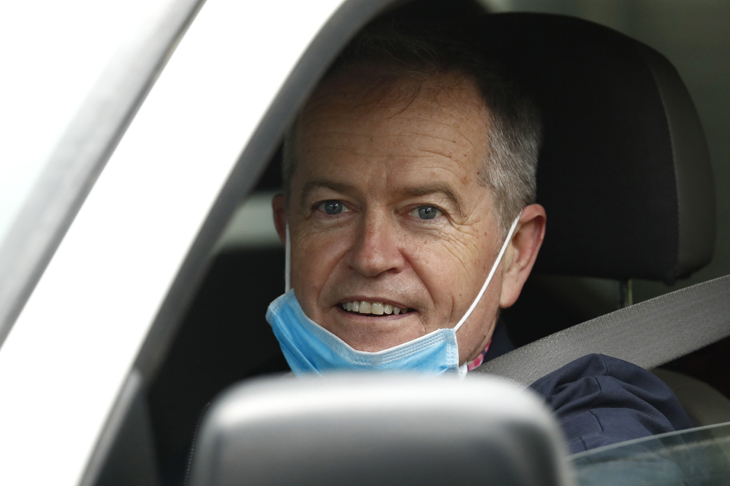
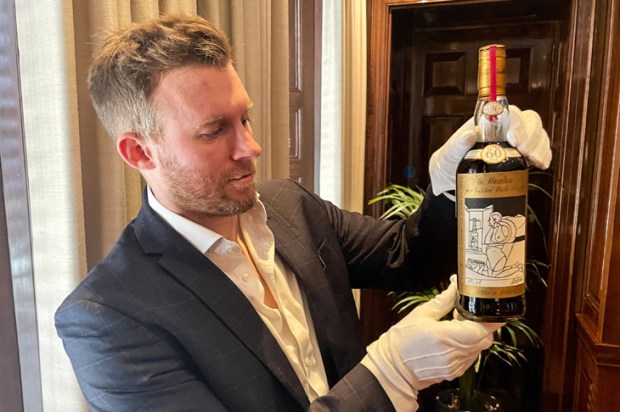

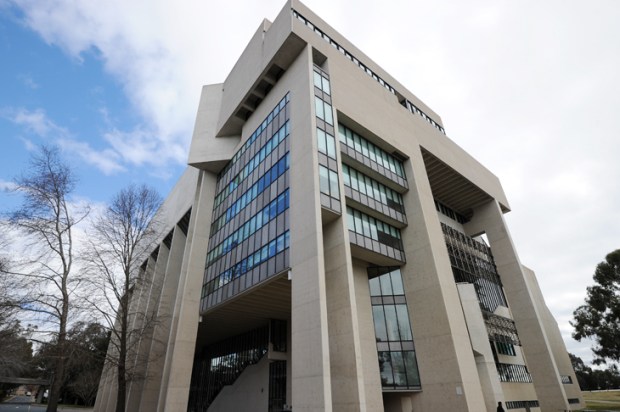
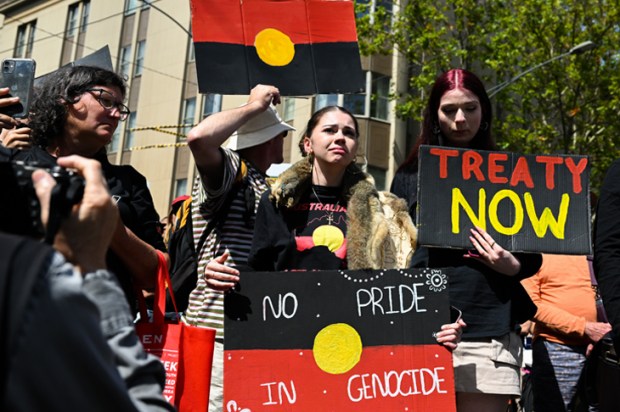
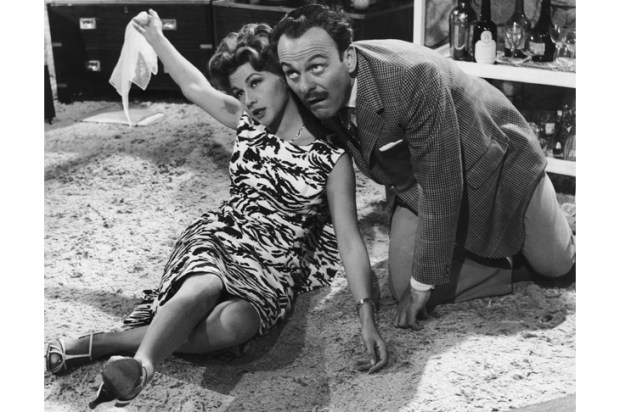







Comments
Don't miss out
Join the conversation with other Spectator Australia readers. Subscribe to leave a comment.
SUBSCRIBEAlready a subscriber? Log in